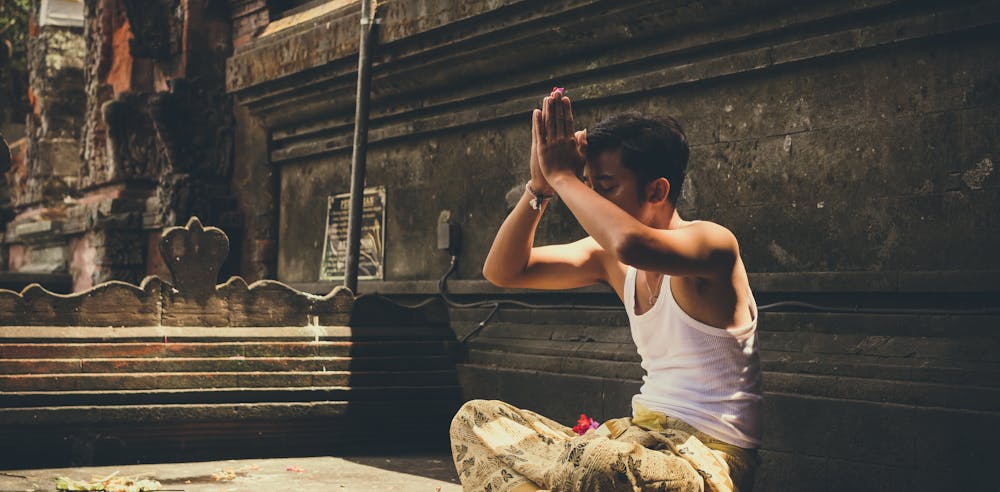Related Articles
What causes idols to ‘drink’ milk?
On 21 September 1995 a small temple in Delhi reported that their idol of Lord Ganesha was drinking milk. The Maharashtra Andhashraddha Nirmulan Samiti (MANS), a rationalist group founded by Narendra Dabholkar, attempted to quell the mass hysteria that followed with scientific explanations for the phenomenon.
29 Jul 22
Have Indians become more religious these days?
Religiosity is mostly determined mostly by socio-political reasons, including financial crises and cultural issues. In recent years, India has been through a socio-economic churn that has left people feeling more insecure about their future.
29 Jul 22
What is mass hysteria?
Mass hysteria is a phenomenon where collective illusions, real or imaginary, are spread across a population or society through rumours or fear. Mass hysteria is usually characterised by a loss of rational thinking and extraordinary emotional responses.
29 Jul 22

